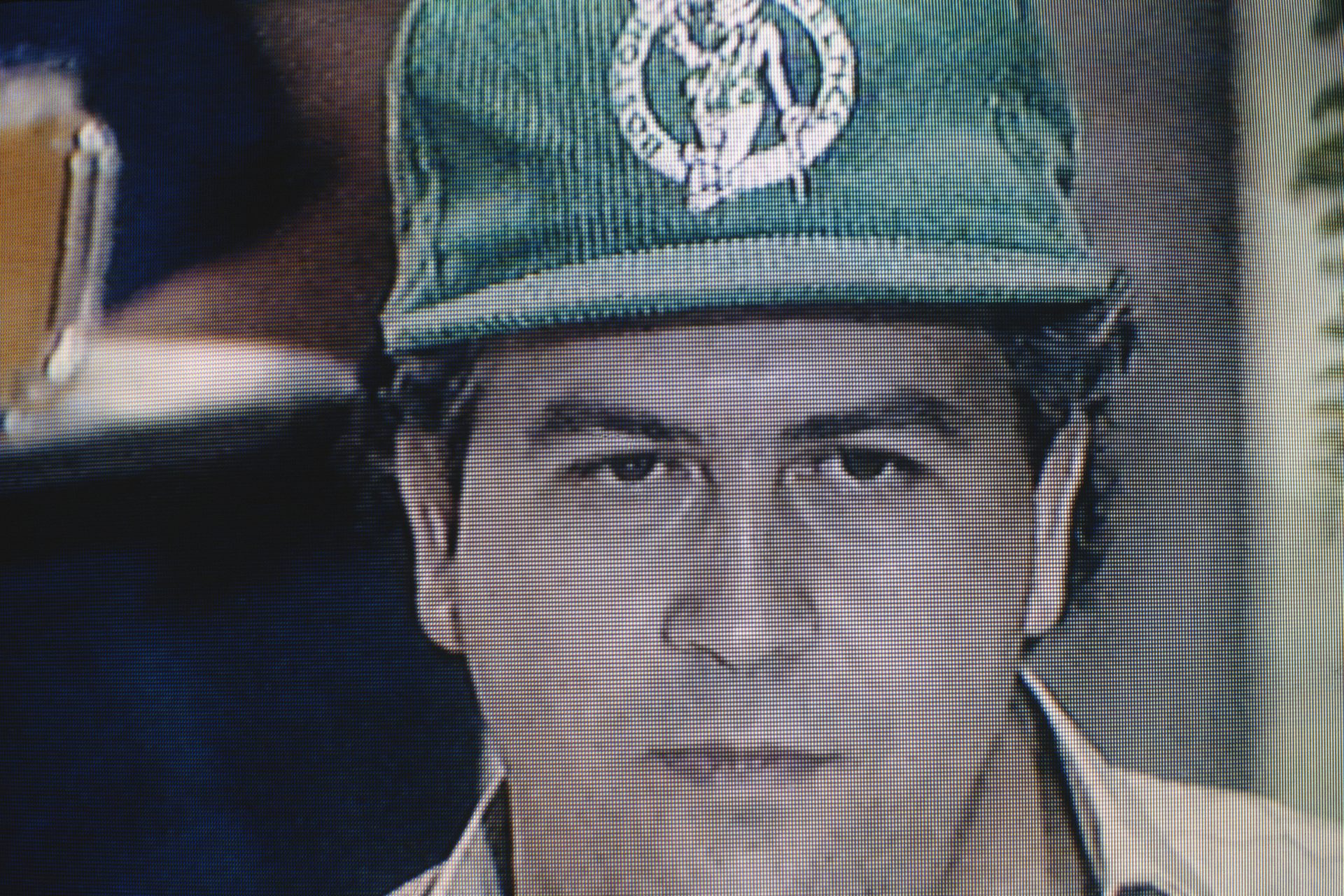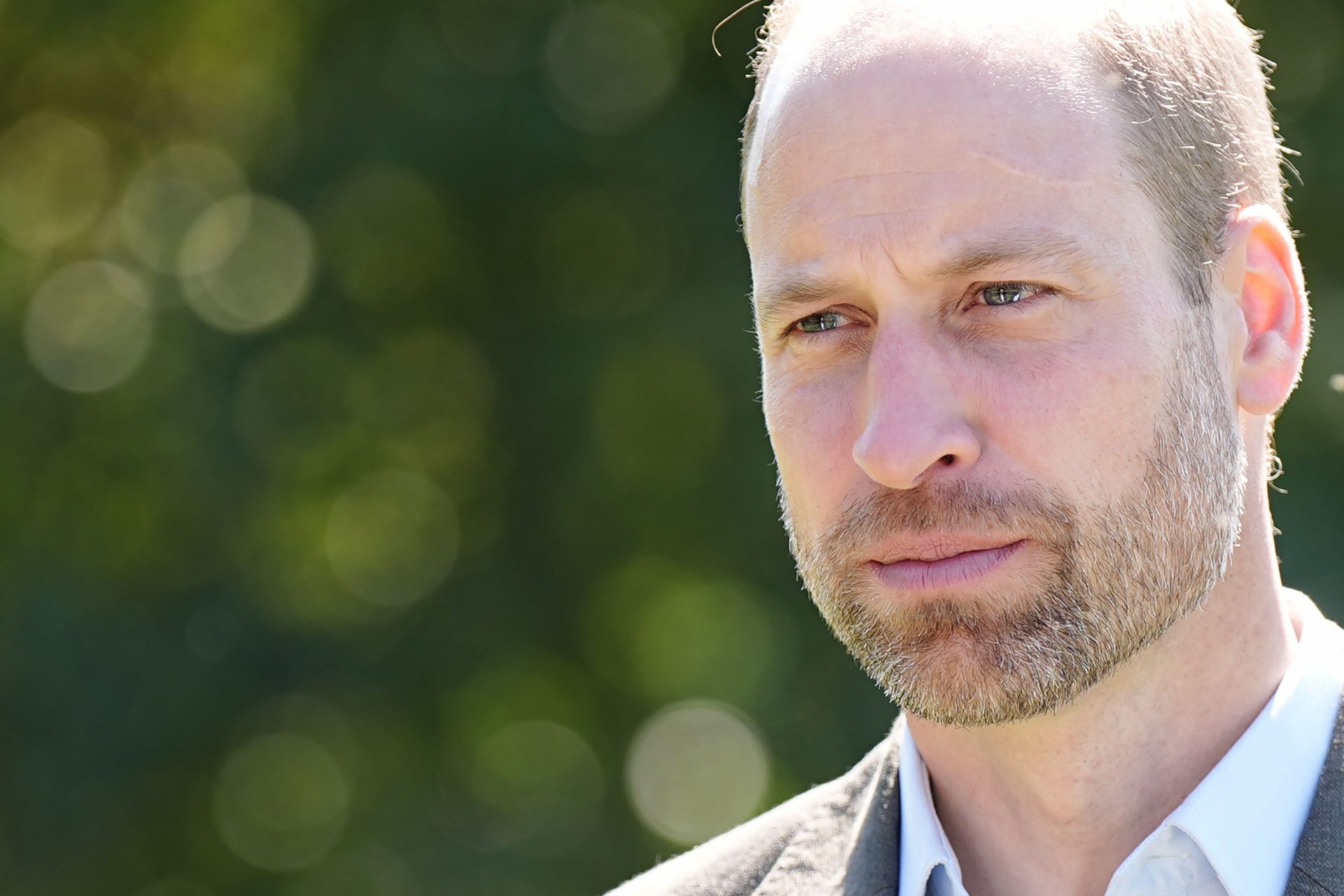Out of control: the hippos of Pablo Escobar in Colombia
In the 1980s, drug lord Pablo Escobar became the seventh richest man on the planet, according to Forbes. In addition to running the Medellín Cartel, his eccentricity, and power led him to do unprecedented things.
Pablo Escobar's acts seem to transcend fiction and reality. One of them was illegally transporting three hippos to Colombia.
That decision, which seemed just another one of his exaggerated whims, has now become a very serious problem - both for the environment and for society.
Like many other things that he transported illegally across borders, so too were the hippos smuggled into Colombia. However, due to their size, it must have been an impressive feat.
The hippopotamus is the third largest land animal in the world, after the white hippopotamus and the elephant. Despite their barrel shape, they can run as fast as men.
Their natural habitat is in sub-Saharan Africa, where they are considered to be among the most aggressive and ferocious animals.
Escobar's hippos were transported in his plane and taken to his residence, known as Hacienda Nápoles, about 180 kilometers from the city of Medellín.
Escobar enjoyed his hippos for some time, but then he got caught, imprisoned, and shot in 1993 after an escape and extended hunt. The Hacienda was left to low-income families in the area, according to special legislation by the Colombian government.
However, authorities had trouble controlling the hippos. In the next 40 years, the two female and the male hippo of Pablo Escobar reproduced freely. By now, the newspaper El País claims, there are approximately 160 animals near the Colombian Magdalena River.
Hippopotamuses pose a danger to individuals because they are aggressive. An adult specimen weighs between 2 and 3 tons and a young animal, around 800 kilos. Running into one of them can be deadly.
In addition, the presence of these animals in the region can cause an environmental imbalance, as their excrement affects the oxygen level in the river water. CNN Colombia has explained that this is something potentially fatal for the fish in the region.
Local agriculture is also threatened, as the species is invasive and destroys plants wherever it passes.
For some time, the Colombian government has been looking for alternatives to solve the problem. But what to do with such large animals, which are difficult to capture and transport?
Authorities in Antioquia, where the hippos live, have joined hands with the national agriculture organization, the Air Force, and the Ostok Sanctuary in Mexico. All this is to help transport the animals to another, safer place, CNN Colombia reports.
Ernesto Zazueta Zazueta (pictured), president of the Council of Ostok Sanctuary, told CNN that 60 animals will be taken to India and 10 to Mexico.
Zazueta also added that 3 planes will be needed to make the journey. As the animals weigh a lot, only 30 of them can fit in each aircraft, so the plan is to make two flights to India and one to Mexico.
Lina Marcela Ríos, Animal Protection Manager for the Government of Antioquia, told El País: "The most expensive is the air transport and the boxes where they will be placed; costs that will probably be borne by India."
According to Ríos, Colombia will assume responsibility for capturing the animals, which is not easy either. The procedure would take place at night, after luring them with food.
Lina Ríos told the newspaper that Colombia could not afford the "birth control and containment process." That's something Mexico and India will have to take care of.
With such high costs and damage to people and the environment, there is another controversial solution under debate: the shooting of the animals. However, this measure is strongly opposed by the environmentalists in the Colombian Congress..
It seems that the plan to export 70 hippos is the most likely to go ahead. The procedure for transporting the animals is in the documentation phase. According to CNN Colombia, the Ministry of the Environment has to evaluate the plan to then issue the authorization.
Photo: Van Tay media / Unsplash
Environmental specialists have stated that the process must be done quickly to prevent greater reproduction of animals. In addition, they warn that the plan is not a definitive solution and that the ideal would be to raise funds to sterilize the hippos remaining in Colombia.
Photo: Robin Noguier / Unsplash

































